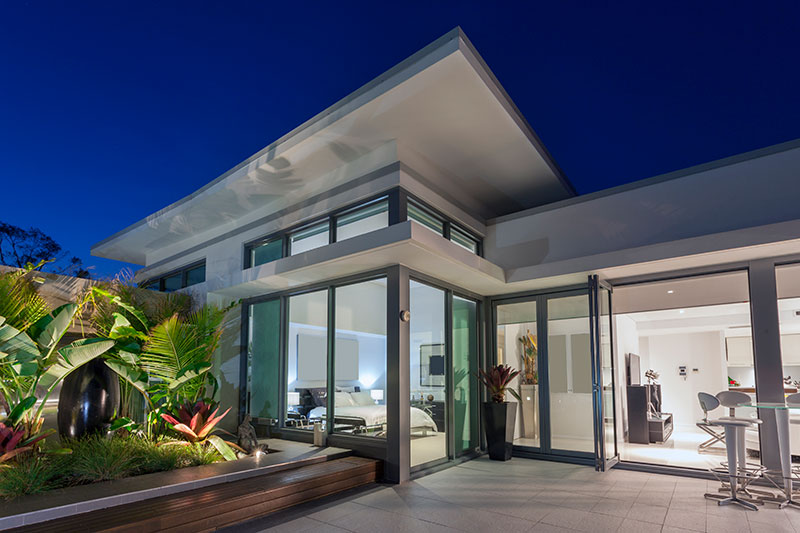When you’re in the market for a home, you’ll probably be inundated with lots of advice from people who’ve been through the process before and want to pass on their sage wisdom. However, sometimes that advice isn’t right. Housing markets change over time…and the rules vary widely based on where you’re looking to live, along with many other specifics. Here, Realtor.com offers up some home-buying advice you might hear that you might want to take with a grain of salt.
‘You can save money by buying a fixer-upper’
TV shows might make this process look easy, but purchasing a run-down home and turning it into something special is not for the faint of heart. To really score a deal on a fixer-upper, you need to be willing and able to do a lot of the work yourself. Unless you’re an experienced remodeler, you should get an inspection with estimates from a remodeling contractor before you buy. Even if you have the ability and time to make the necessary fixes, or have found a reliable contractor who can do the work while staying within your budget, you still have to factor in the time you’ll be paying the mortgage and bills without being able to live in the home. Six months of paying rent on top of your house payment can quickly eat into what you saved on your great deal. Bottom line: Make sure the stress of a remodel is worth the savings.
‘Foreclosures and short sales are bargains, too’
These often are not the deals they appear to be, especially for inexperienced buyers. Because banks want to get top dollar for their properties, you could end up overpaying for a property and still have to go through all of the trouble of doing the work on it. This is especially true for those using FHA loans, which have strict requirements about the condition of the homes they are used to purchase. It’s difficult for novices to know what they’re actually buying. The price tag may be fair, but the damages often are severe and the room for negotiation is limited. With foreclosures sold at auction, you’re buying the property as is: You can’t even go inside before purchase. That might not be a risk you’re want to take, no matter how great the price is.
‘Always buy the worst house on the best block’
It might seem like good advice to pick the ugly duckling in your area thinking that the higher value of surrounding homes will elevate its value. That means your home’s price has nowhere to go but up, and that’ll be great when you’re ready to sell, right? But what if you don’t want to live in the worst house? Although it’s important to consider resale value, most buyers aren’t real estate investors; they’re people buying a home where they’re going to live. Even on the best block in the world, a home that’s too small for your family or that has other deal-breaker qualities is not going to be a good fit. It’s better to find the right house in a less expensive neighborhood. After all, in a few years your neighborhood can change, trees will grow and your neighbors’ landscaping could improve, but your house isn’t going to gain two more bedrooms.
‘Cost per square foot gives you an apples-to-apples comparison’
Sure, looking at the price per square foot can help you compare properties of different sizes—and is often used as a benchmark for prices in a neighborhood—but that metric can be misleading. Price per square foot isn’t always the best data to base an investment decision on because there are many important factors that don’t show up in that number. For instance, you’re looking only at interior space. For real apples-to-apples comparisons, you need to consider the yard, garage, unfinished basement and anything else that doesn’t qualify for the official square footage. It also doesn’t take into consideration the number of bathrooms and bedrooms (only the size), or the condition of the home. Price per square foot is just part of the story.
